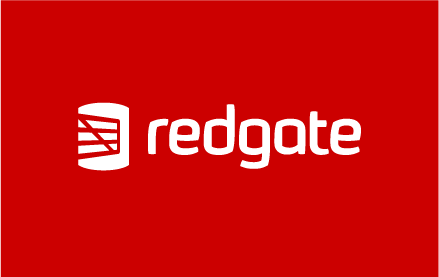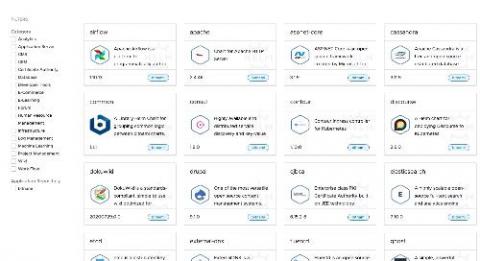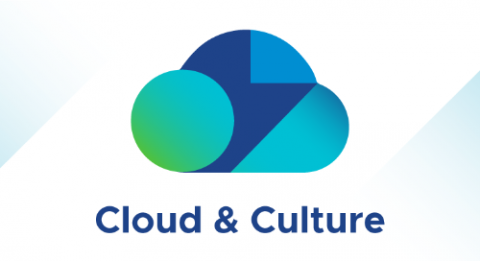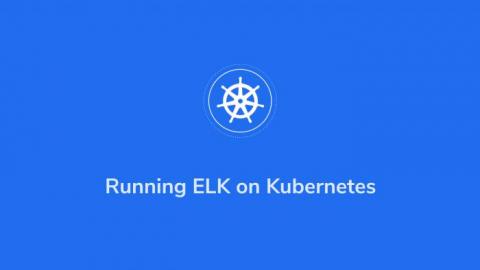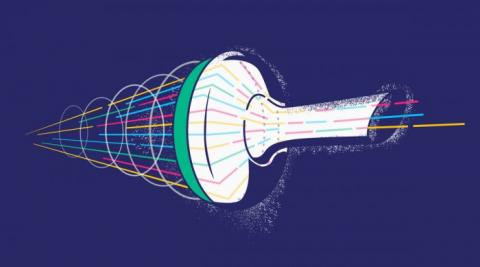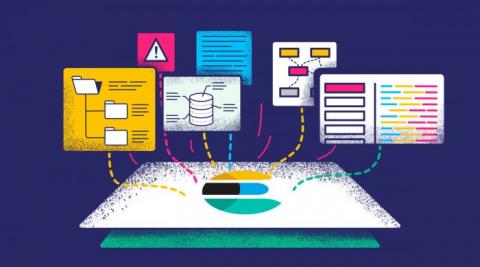Set up K3s in High Availability using k3d
Have you ever wanted to try K3s high availability cluster “mode,” and you either did not have the minimum three “spare nodes” or the time required to set up the same amount of VMs? Then you are in for a good treat: meet k3d! If you’re not familiar with k3d, its name gives you a hint to what it’s all about: K3s in Docker.



